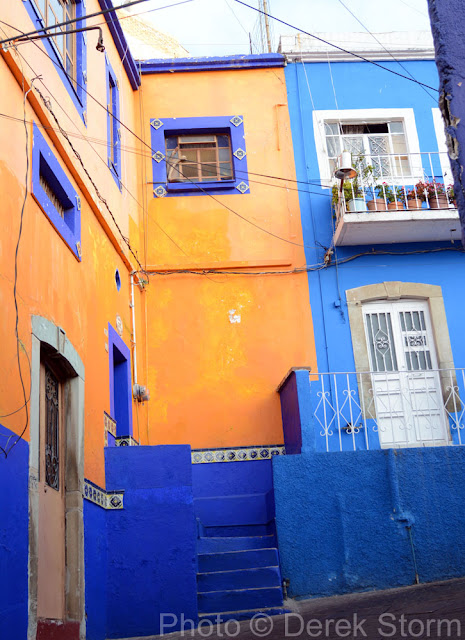Wednesday, January 25, 2017
Tuesday, January 3, 2017
Teotihuacan, Mexico City & Guanajuato
Teotihuacan, Mexico City & Guanajuato - New Years Eve weekend 2016-2017
All photos © Derek Storm
Teotihuacan
Pyramid of the Moon
Pyramid of Quetzalcoati
Pyramid of the Sun
Mexico City
Angel Of Independence (New Years Eve)
Cabeza De Serpiente
Palacio De Bellas Artes
Museo Frida Kahlo
The Frida Kahlo Museum, aka La Casa Azul (The Blue House) is located in Coyoacan, Mexico City and is the birthplace of Frida Kahlo; the home she grew up; and later lived with husband Diego Rivera; and also died in one of the bedrooms upstairs.
Friad's death mask
Frida's urn
Viva La Vida - 1954
El Marxismo Dará La Salud A Los Enfermos - 1954
Feet What Do I Want Them For When I Have Wings to Fly? - 1953
Frida And The Cesarean - 1931
Head
My Family - 1949
Self Portrait - 1953
Diego Rivera's The Alarm Clock - 1914
Diego Rivera & Frida Kahlo House / Studio Museum, Mexico City
Diego Rivera birthplace and museum, Guanujato
Isla de las Munecas (Island of the Dolls) - Xochimico
The legend: Don Julian Santana Barrera, caretaker of the island, found a little girl drowned and was not able to save her. Shortly thereafter he found a floating doll, assuming it was hers, and hung it to a tree out of respect. Being haunted by her spirit, Julian hung more dolls in an attempt to please her spirit. He became possessed and continued to hang dolls over the entire island. until his death, drowned in the same spot where he found the girl.
La Llorona
Museo Soumaya
The Museo Soumaya is designed by Mexican architect Fernando Romero, and is a private museum owned by Carlos Slim, Mexican businessman and one of the richest men in the world.
Rodin - Las Tres Sombras
Pietro Bazzanti - Los Luchadores
Antonio Rossetti - Amor Secreto
Salvador Dali - Venice 1949
Guanajuato
Callejon Del Beso (Alley of the Kiss)
El Museo de las Momias
The Mummies of Guanajuato are a number of mummified bodies interred during a cholera outbreak around Guanajuato, Mexico in 1833. The bodies have been disinterred between 1870-1858. During that time, a local tax was in place requiring a fee to be paid for "perpetual" burial. Some bodies for which the tax was not paid for were stored in a nearby building. By the 1900 the mummies began attracting local tourists and cemetery workers started charging people to view them.
Subscribe to:
Comments (Atom)







































































































































































































